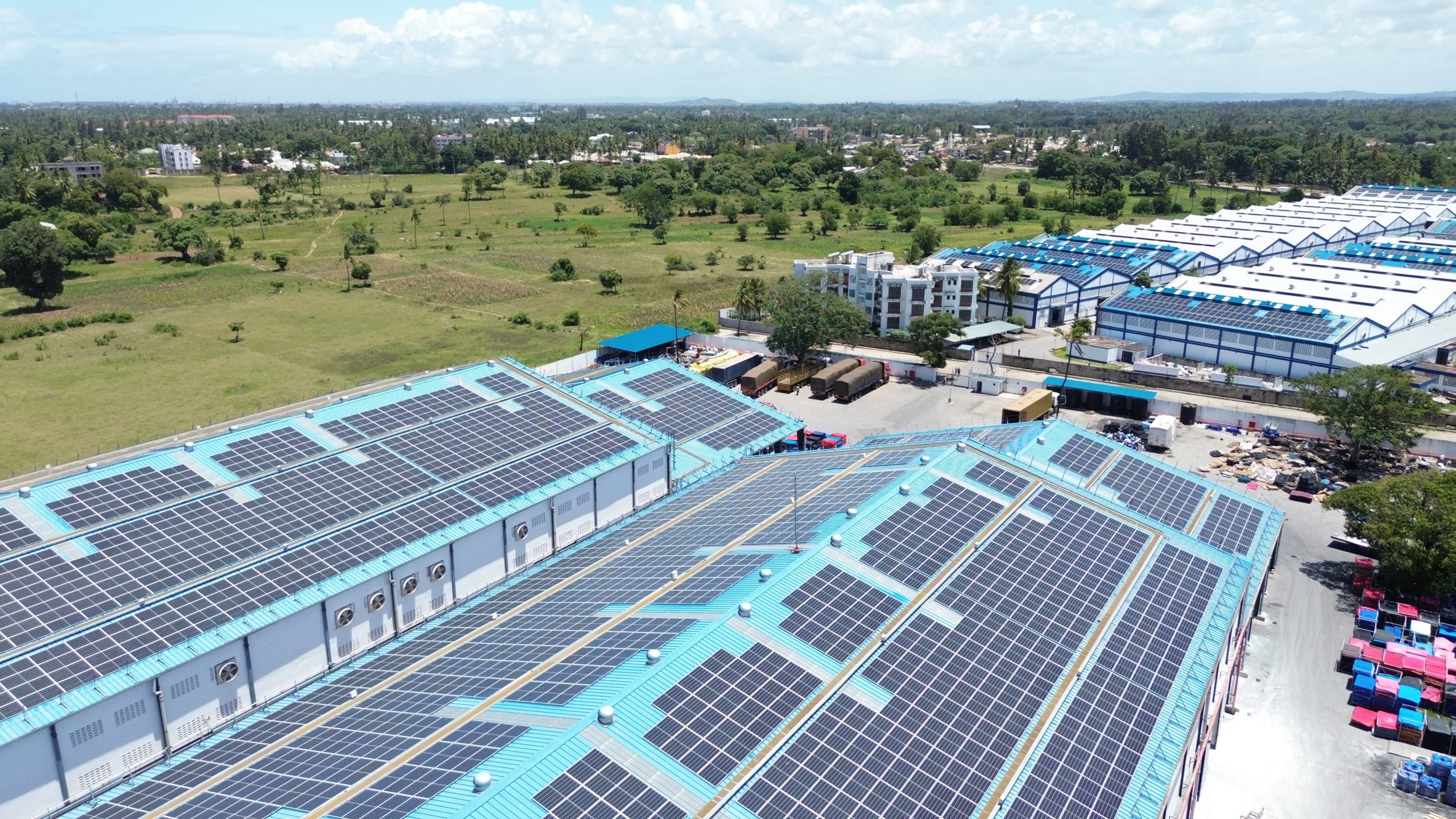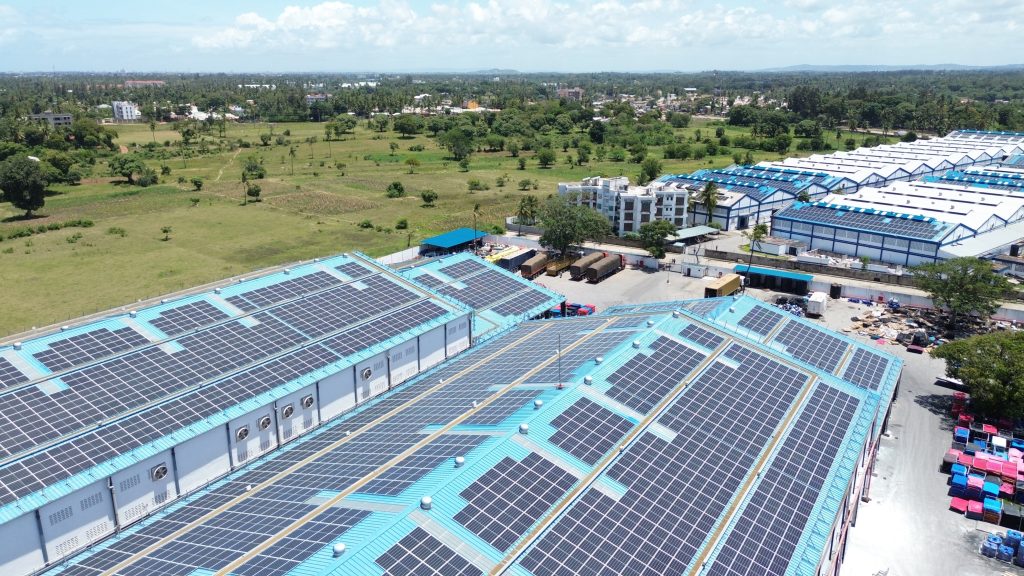
31 Jul How to Instantly Slash Energy Costs Using Industrial Solar Power
Rising energy bills are a growing concern for businesses across the globe. For factories, manufacturing units, and large-scale operations, electricity isn’t just a utility, it’s a major chunk of operational expenses. The good news? There’s a proven way to cut those costs instantly. Industrial solar power has become a game-changer for companies looking to save money, reduce carbon footprints, and gain energy independence.
Let’s explore how switching to industrial solar power can dramatically reduce your energy costs, and how companies like Spenomatic Solar are leading this transformation in East Africa and beyond.

The Energy Problem That Won’t Go Away
Industrial facilities are energy-hungry by design. Whether it’s running machines, powering lighting, or maintaining HVAC systems, the meters are always spinning. Many industries rely on fossil-fueled power from the grid, which is not only expensive but often unreliable. In regions with frequent power outages or high electricity tariffs, this adds even more pressure on the bottom line.
Add to that rising fuel costs and environmental concerns, and it’s clear why many industrial operations are seeking alternatives.
Why Industrial Solar Power Is the Smart Solution
Industrial solar power provides an immediate and long-term solution to this energy dilemma. By installing solar panels on rooftops or unused land, factories can generate their own electricity. The result? Massive savings, often from day one.
Unlike domestic solar setups, industrial solar power systems are designed for large-scale performance. These systems are built to handle high energy demands, and thanks to technology improvements and falling panel prices, the return on investment has never looked better.
In fact, many companies have seen energy bills drop by 30% to 70% after switching to solar. In some cases, facilities have even achieved full energy independence during daylight hours.
How Industrial Solar Power Works in Practice
Here’s a simple breakdown.
Solar panels capture sunlight and convert it into direct current (DC) electricity.
Inverters then convert the DC electricity into alternating current (AC), which your machines and systems use.
The system can be on-grid, meaning it works with your national power supply, or hybrid, which includes batteries for backup storage.
During peak sun hours, your solar system can meet or exceed your energy needs. At night or during low sunlight, the grid or battery storage can step in. This blend ensures consistent power supply and cost savings.
The Numbers Don’t Lie
Let’s talk numbers.
According to the International Renewable Energy Agency (IRENA), the cost of solar electricity has fallen by over 80% in the last decade.
The average payback period for industrial solar systems is now 3–5 years, depending on location and system size.
Most solar panels have a 25-year warranty, meaning decades of free or low-cost electricity after your initial investment.
This makes industrial solar power one of the most financially sound energy solutions available today.
Real-Life Impact: Why Spenomatic Solar Stands Out
Now, let’s bring this closer to home.
Spenomatic Solar is a leading player in East Africa’s renewable energy space, with a growing presence in Kenya, Uganda, Tanzania, and beyond. The company specializes in industrial solar power solutions, helping factories and large enterprises make a clean switch to solar energy.
What makes Spenomatic stand out?
Tailored systems: We don’t believe in one-size-fits-all. Each system is designed around the client’s specific energy needs.
Proven track record: Spenomatic has installed over 10MW of industrial solar systems across East Africa.
Financing options: Not every company can afford upfront costs, so Spenomatic offers flexible models, including Power Purchase Agreements (PPAs) and leasing.
In-house expertise: Our team includes electrical engineers, solar experts, and installation professionals with decades of combined experience.
For manufacturers battling unreliable grids and soaring bills, Spenomatic Solar is offering a reliable, tested, and local solution.
How to Get Started with Industrial Solar Power
Thinking of going solar? Here’s how you can begin the process.
Energy audit: Assess your current power usage to determine how much solar power you need.
Site inspection: Evaluate the space available, like rooftops or ground area, for panel installation.
System design: A solar provider will create a tailored setup that matches your energy load.
Installation and connection: This includes mounting panels, setting up inverters, and connecting to your grid or battery system.
Go live: Once your system is tested, you begin generating power immediately, slashing costs from day one.
The entire process, depending on scale, can take just a few weeks to complete.
Why Now Is the Best Time
Governments in many regions offer incentives and tax relief for adopting solar power. Combined with global efforts to transition to clean energy, now is the perfect time to invest. Additionally, energy insecurity is becoming a major concern for industries across the developing world. Delaying the switch to solar could mean years of unnecessary expenses.
Switching to industrial solar power is not just a cost-saving measure. It’s a strategic decision that enhances reliability, reduces environmental impact, and positions your company as a forward-thinking leader.
Final Thoughts
For industries large and small, the question is no longer if they should adopt solar power, it’s when.
The answer? Now.
With partners like Spenomatic Solar, making the transition is easier, faster, and more affordable than ever before. Whether you’re running a factory in Nairobi, a processing plant in Kampala, or a warehouse in Arusha, the benefits are clear: industrial solar power can help you instantly slash your energy costs, and set your business up for long-term sustainability.
Need help figuring out the next step? Reach out to a solar expert at Spenomatic Solar today and begin your journey to energy freedom.
Frequently Asked Questions (FAQs)
1. How much can I save by switching to industrial solar power?
Most businesses see energy bill reductions between 30% and 70%, depending on system size and usage patterns.
2. Is industrial solar power reliable enough for my factory’s operations?
Yes. Modern solar systems are highly reliable, and hybrid systems can include battery backup or grid integration for continuous power.
3. How long does it take to install an industrial solar power system?
Depending on the complexity, most systems can be installed and operational within 4–8 weeks.
4. What if I don’t have the capital for upfront investment?
Companies like Spenomatic Solar offer flexible financing options such as leasing or Power Purchase Agreements (PPAs), which require no upfront investment.
5. How do I maintain an industrial solar power system?
Maintenance is minimal. Regular panel cleaning and occasional checks by technicians ensure peak performance. Most solar providers offer ongoing service contracts.


Sorry, the comment form is closed at this time.